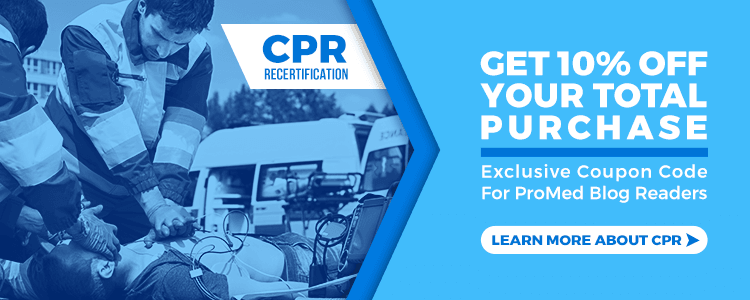How to Establish Strong Communication With Patients

As a medical professional, your patients look to you for information, care, and reassurance. They want the details of what they are going through, but also to feel comforted or have hope they will be okay. However, it can be challenging to inform them of their medical condition and the treatment process, whether simple or complex.
In medical school, you learn the massive index of medical terms like health conditions, names of procedures, medicines, and more. Your field is scientific and technical at its core. That means that all the terms and labels are foreign to outsiders who did not go through this intense learning process.
When patients don’t understand their condition, or whether it’s serious or will heal itself, they could become scared or overwhelmed. They’re already so vulnerable in their medical state. Having an educated professional observe their conditions will often leave your patients feeling insecure and confused about what you are looking for or why you need to process certain tests.
To keep your patients feeling comfortable, safe, and have trust in your services, it is essential that you establish strong, positive communication. By walking your patients effectively through their personal medical process, you can guide them to take the right actions to take care of themselves and have faith in your accurate labeling of their medical condition and prescribed treatment.
Here are helpful tools that will help you be a strong communicator to your patients:
Break the Ice
Your patient may enter your doctor’s office, clinic, or a hospital setting already feeling uncomfortable. Having their body analyzed for any ailment may leave them feeling like they lack control and are vulnerable. They may be shy or anxious, or potentially hostile. Depending on their condition, they could also be in pain or mentally drained.
By breaking the ice simply with a light greeting, on a non-emotionally charged topic like the weather, you can set your patient up to feel more comfortable and become responsive to you. That way, when you need to start discussing their needs, they will be more comfortable talking to you about them.
Listen
As your patient shares information about their experience or feelings, you need to listen closely and carefully. Being an active listener who makes eye contact, nodding or confirming you understand when they state their issues or concerns, and responding only when they are done speaking will help you acquire what you need to know for your diagnosis and recommended treatment process.
Guide Patients With Open-Ended Questions
When listening to your patients’ medical problems, you may be searching for markers that are consistent with certain conditions. To be certain, you may need them to elaborate on what they are telling you. To effectively gain the information you need, use open-ended questions where your patients can offer details of what they are experiencing. The more details you can learn, the better. Try questions prompted with what, why, when, and how.
Adapt Your Style of Communication According to the Patient
As a medical professional, you will be treating many different demographics and age groups, even if you are specialized in a certain field. Many personalities, age groups, backgrounds will come to you, and you’ll need to be able to communicate with them.
That’s why it’s important to be adaptable in your communication approaches. If you are dealing with children and parents, you may alter your tone of voice to earn the child’s trust and need to be light and friendly for their comfort. Older patients may require a gentle communication approach. Some may also have hearing or other ailments, so you’ll need to be clear and audible. If handling patients who do not speak your language, rely on technology for clear translation to stay on the same page as them.
Be Transparent
As patients come to you for information and solutions to make them feel better, the last place they will want to be is in the dark. Many won’t have basic knowledge of medical conditions. Be very clear about the details of their diagnosis and what their treatment is intended to do. Be honest about the seriousness or potential progression of their condition to know what to expect and be prepared.
Your duty is to give your patients all the necessary details of their circumstances and treatment options so they can make an informed decision of how to continue. When it comes to procedures and costs, or effectiveness, you are ethically obligated to be transparent.
Have Empathy
Remember, your patients are people whose lives are being disrupted by their medical problems. All they want is to feel better and healthy. They may be frustrated, confused, in pain, and scared. You may need to tell patients and their families bad news regarding their health.
As a medical professional, while you need to be an objective source of information, you also need to be human. Considering your patients and their families’ emotional state or physical suffering, approach your communication methods with sensitivity. Have compassion and demonstrate your empathy not only through your words, but through non-verbal cues like body language and voice tone.
Keep Learning
There is always room for learning in the medical field. Being humble and focused on constantly growing in this profession will help you succeed as a medical professional in your work setting. Beyond learning new skills, you can also earn essential certifications that will help you save lives.
Your schedule is busy, and ProMed Certifications understands this. That’s why we’ve made our ACLS, PALS, BLS, and CPR certification programs easily accessible and convenient. Our online learning platforms allow you to earn your certifications from anywhere. You can pause your process for your daytime or nighttime hours and then pick up where you left off with ease. We want to help you grow in your medical profession, your way. To get started on earning your necessary certifications, visit our website today.

